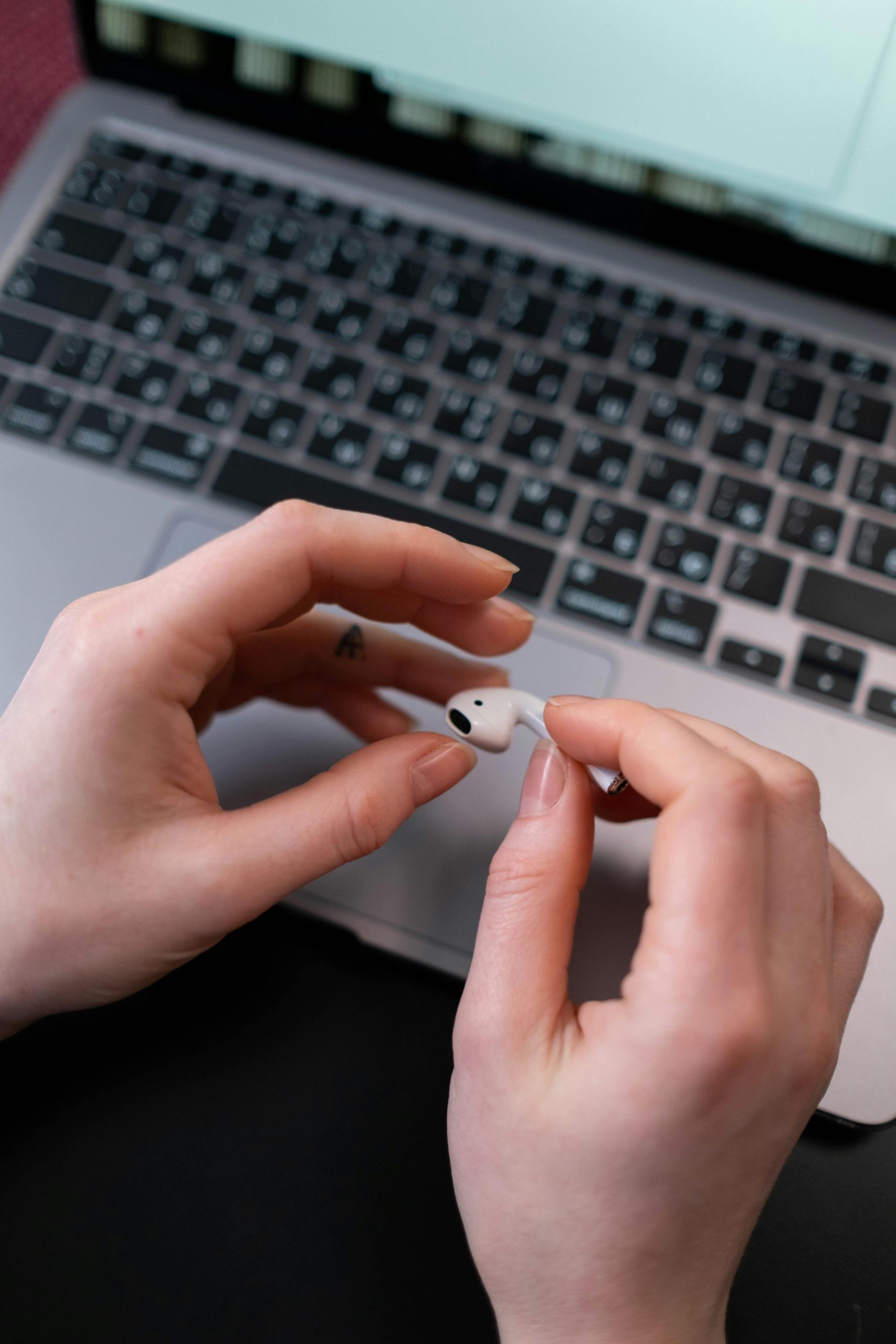Troubleshooting Audio Interface Recognition Issues on Windows 11 Laptops: A Comprehensive Guide
Introduction
Music production often relies on reliable audio interfaces to capture high-quality sound input. However, recent experiences with Windows 11 laptops have revealed some challenges in recognizing input signals from audio interfaces. If you’ve encountered a situation where your Windows 11 device recognizes your audio interface as an output device but fails to detect input signals, this guide provides insights and troubleshooting steps to resolve the issue.
Understanding the Scenario
In many cases, users report that their laptop and Digital Audio Workstation (DAW) recognize the audio interface as a device, and it functions correctly for output audio through headphones or speakers. However, microphone or line inputs remain silent or unrecognized.
Common Setup Details:
– Audio Interface: Behringer UMC204HD
– Laptop: HP ProBook 465 G11 (16-inch)
– DAW: FL Studio 21
– Operating System: Windows 11
– Additional Tests: Tried with a Focusrite Scarlett interface, and on a Windows 10 machine where the setup worked flawlessly without driver issues.
Symptoms include:
– Recognized device for output, but no input signals detected
– Input test in Windows indicates no signal
– Direct monitoring via headphones allows hearing input, indicating the interface itself functions
– Reinstallation of drivers and various configurations have been attempted without success
Potential Causes and Solutions
- Driver Compatibility and Updates
- Ensure you have the latest drivers from the manufacturer’s website.
- For Windows 11, some drivers designed for Windows 10 may require updates or compatibility modes.
-
Consider uninstalling current drivers, then reinstalling the most recent versions.
-
Audio Device Configuration
- Check Windows Sound Settings:
- Right-click the speaker icon > Sound Settings
- Under Input, select the correct device (your interface)
- Verify that the input device isn’t disabled or muted.
-
Use the ‘Test’ feature in Windows sound settings to confirm signal reception.
-
ASIO Driver Settings
- Use dedicated ASIO drivers instead of Windows Default.
- In your DAW, select the appropriate ASIO driver (e.g., Behringer ASIO driver).
-
Experiment with different ASIO engines or buffer sizes to improve input detection.
-
Permissions and Privacy Settings
- Navigate to Windows Privacy Settings > Microphone
- Ensure ‘Allow apps to access your
Share this content:



